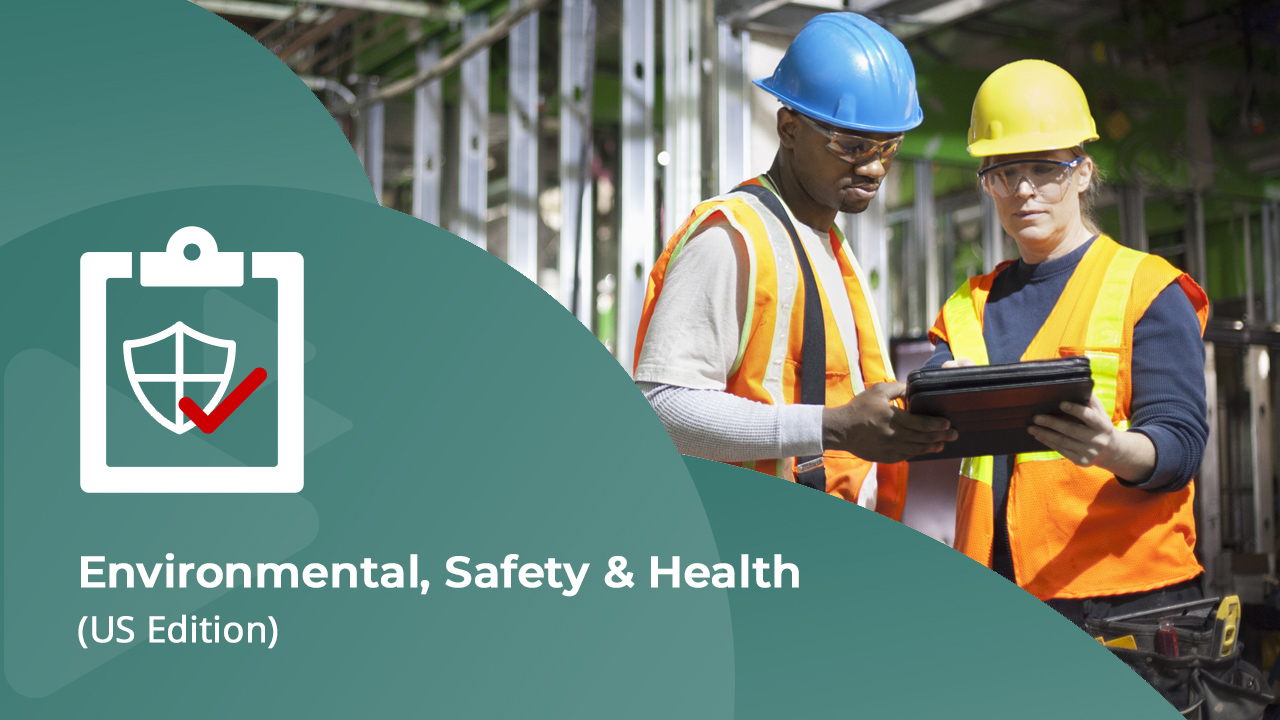Food Safety and Handling
- 8 topics | 40m 1s
- Includes Assessment
- Up to 30 languages
- Transcripts
Each year, bacteria in food causes millions of illnesses in the US. According to the Food and Drug Administration, between 2% and 3% of all foodborne illnesses result in secondary long-term illnesses. Some strains of E. coli can cause kidney failure in infants, and salmonella can lead to reactive arthritis and serious infections. In addition to the risks from badly prepared or mishandled food, there is the potential risk of malicious contamination. Those involved in food preparation must follow safe procedures to ensure that food contamination and its associated illnesses are prevented. This course focuses on the health risks associated with improperly handled food. It highlights the ways in which food can become contaminated and provides guidelines for storing and handling food safely. By applying the procedures recommended in this course, you can minimize the risk of food-related illnesses. The course was developed and reviewed with subject matter support provided by certified subject matter experts and industry professionals. Please note, the course materials and content were current with the laws and regulations at the time of the last expert review, however, they may not reflect the most current legal developments. Nothing herein, or in the course materials, shall be construed as professional advice as to any particular situation with respect to compliance with legal statutes or requirements.
WHAT YOU WILL LEARN
-
identify foodborne pathogens that can cause illness
-
identify those particularly at risk from foodborne illnesses
-
identify the most common illnesses caused by the biological contamination of food
-
identify less common illnesses caused by the biological contamination of food
-
identify foods and the pathogens they are prone to carry
-
identify foods and the contaminants they are prone to carry
-
identify food-related illnesses and their associated symptoms
-
identify the proper procedures for refrigerating food
-
identify the proper guidelines for heating food
-
recognize instances when food is safe or unsafe to eat
-
identify the guidelines for preventing cross-contamination of food
-
recognize procedures for dealing with food security issues
-
recognize how to maintain suitable levels of personal hygiene when in contact with food in given scenarios
-
identify suitable hand hygiene procedures
-
identify procedures for using gloves when handling food
-
identify instances in which gloves should be changed
IN THIS COURSE
-
Contamination and Infection8m
-
Contamination Risks4m
-
Food-related Illnesses5m
-
Refrigeration and Heating7m
-
Preventing Cross-contamination2m
-
Food Security2m
-
Hand Washing and Hygiene4m
-
Using Gloves2m
YOU MIGHT ALSO LIKE
COMPLIANCE-COURSE
Spill Response and Control Impact: Responsibilities During a Spill
COMPLIANCE-COURSE
Electrical Safety: Qualified Worker – Part 2
COMPLIANCE-COURSE
Pedestrian Safety 2.0


